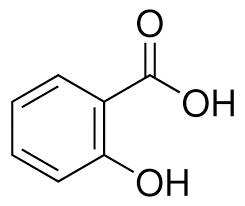applications:
As a buffer, ammonium acetate is used for maintaining a solution pH between 3.8 and 5.8. It can be used in nutraceuticals or pharmaceuticals to guard oral formulations against the severe acidity of the stomach and alkalinity of the small intestine.
In the cosmetic and personal care industry, this buffer is useful for shampoos, conditioners, soaps, and topical lotions. It’s also a component in industrial detergents.
In research laboratories, ammonium acetate can be used as a buffer in mass spectrometry solvents or in the mobile phase of HPLC. Since it’s volatile at low temperatures, this is a suitable buffer for electrospray ionization and ELSD (evaporative light scattering detection). The precise pH of the final solution can be manipulated by adding different levels of acetic acid and ammonia; please contact us for exact concentration requirements.
As an acidity regulator, ammonium acetate can be used in textile dyes and hair dyes to offset an ammonia base. It’s approved as a food additive as well, and is primarily used for dairy products and dried or canned vegetables.
By itself, ammonium acetate can be used as a reagent for organic synthesis. It’s a crucial raw material for various pharmaceuticals, such as insulin, NSAIDs (non-steroidal anti-inflammatory drugs), and penicillin, and a key starting point for agricultural pesticides and herbicides.
In the agricultural industry, ammonium acetate is used to determine the potassium, calcium, magnesium, and sodium levels in a given soil sample using cation exchange.
Ammonium acetate is a gelling and foaming agent for the manufacture of rubber latexes. It is crucial for making latex foam for packing and insulation, durable sports equipment, and furniture cushioning. It can also be used to make synthetic polymers, such as rayon and vinyl plastic.
Some final miscellaneous applications of ammonium acetate include use as a biodegradable anti-freezing agent and a metal primer to enhance coating adhesion.



